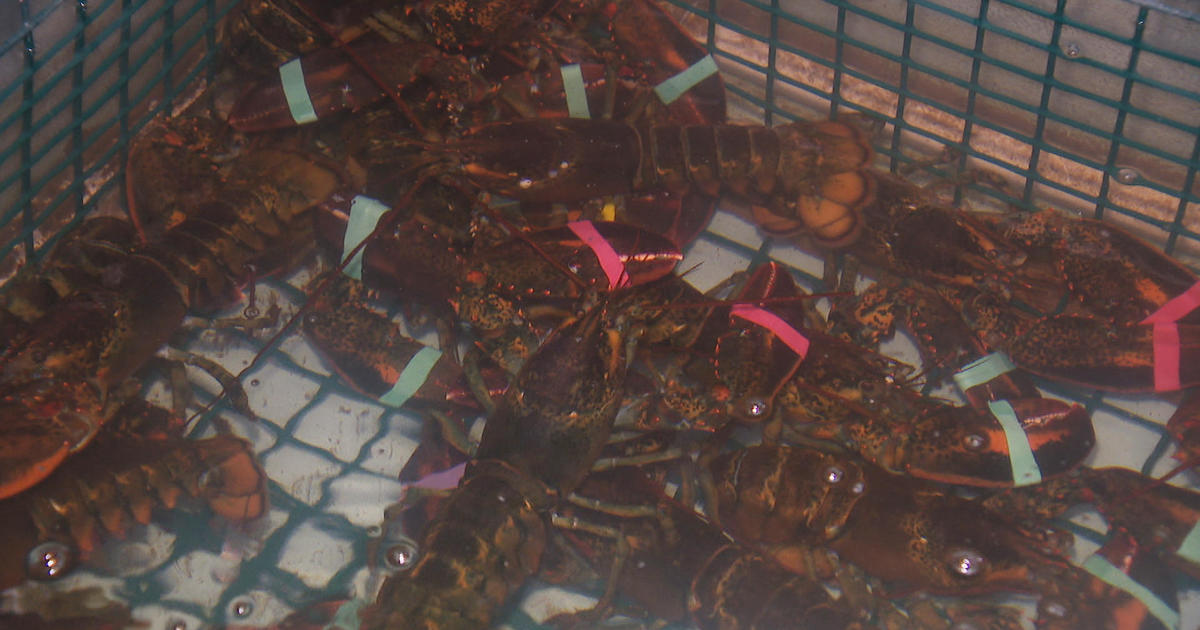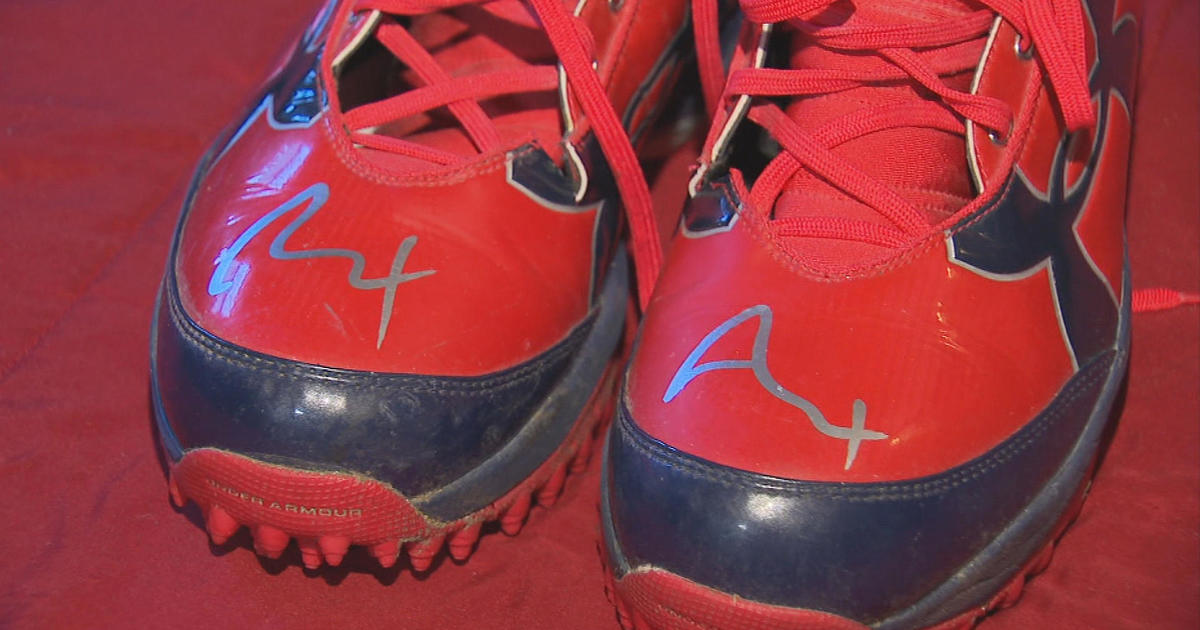Woolly Mammoth Tooth Found In New Hampshire
CONCORD, N.H. (AP) — Fred Prince was more focused on fish than fossils when he found, and discarded, an interesting but unidentifiable object in a remote stream in Campton 10 years ago.
When he realized last winter that the black laminated-looking plate he had tossed aside was likely New Hampshire's first woolly mammoth tooth, he vowed to find another. And that's exactly what he did when the snow melted in April, searching for just a few hours about 2 miles from his first discovery.
"It was a long wait this winter, but I was really determined," he said. "I jumped out as soon as there were south-facing slopes open."
Prince, a Plymouth State University biology professor, searched two locations for about an hour each before moving on to an old gravel pit. About 20 minutes later, he spotted a familiar pattern and plucked the 1-pound prehistoric elephant tooth from the ground.
Prince sent photos to Larry Agenbroad, director of The Mammoth Site in South Dakota, who confirmed — in an email ending with three exclamation points— that it was a partial molar. He also sent part of the specimen to the University of Arizona's mass spectrometry lab but found out last week that there wasn't enough collagen with the tooth to estimate its age.
Woolly mammoths are thought to have died out around 10,000 years ago, though scientists think small groups of them lived longer in Alaska and on islands off Siberia. Mammoth remains are rare in New England — a tooth and tusk were found near Mt. Holly, Vermont, in 1848, and a partial skeleton was found in Scarborough, Maine, in 1959. The closest finding in New Hampshire was a tooth dredged from the sea in 2013 near the Isles of Shoals off Rye.
Prince said he wouldn't be surprised if others had found woolly mammoth fossils but, like him, didn't know what they were holding. His realization came about a decade after his fly-fishing trip, when his research into climate change sparked an interest in the ice ages and, in turn, woolly mammoths. In January, he purchased a molar and partial molar from the Netherlands and was stunned when he opened the package.
"I just about fell on the floor because that is what I had 10 years ago," he said. "That made me sick because I knew what I had done."
Prince, who is researching changes in climate and vegetation across New England following the retreat of the ice at the end of the Pleistocene age, doesn't consider himself a particularly lucky person. Yet he was sure he would find a tooth in April.
"I had more confidence than I should have," he said, given that recent searches have not been fruitful.
"After looking at 50 million pieces of gravel in the last three months, I've decided this is a tough game," he said.
Copyright 2014 The Associated Press. All rights reserved. This material may not be published, broadcast, rewritten or redistributed.
MORE LOCAL NEWS FROM CBS BOSTON



